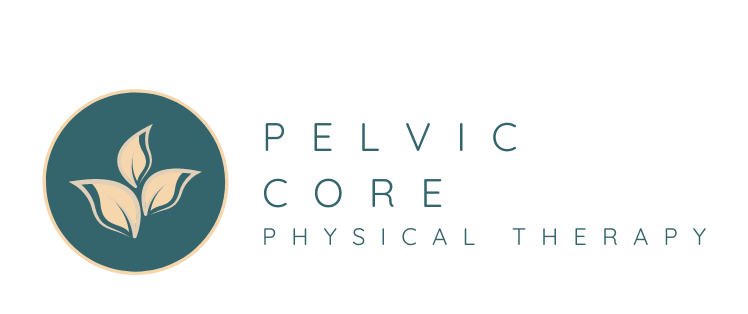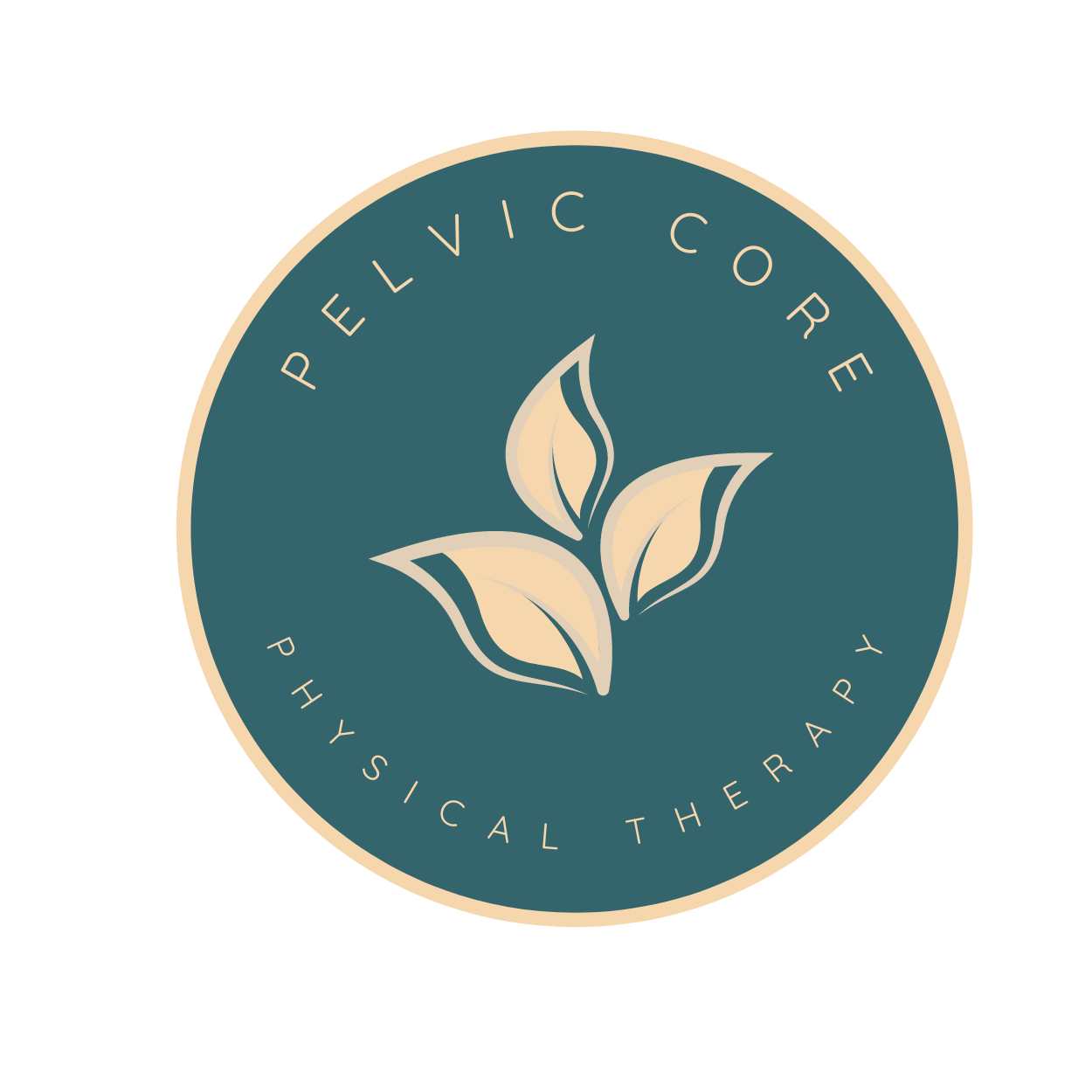Pelvic Floor PT for Diastasis Recti Postpartum
Diastasis recti, a condition characterized by the separation of the abdominal muscles, commonly affects people during pregnancy and postpartum. While it's a prevalent issue (almost 100% of pregnant individuals will have abdominal separation by the end of pregnancy), it's often misunderstood and overlooked. The true variability comes in the healing process after birth. Some people will heal on their own with no intervention, and others will have delayed healing and become more symptomatic. This depends on a variety of factors including genetics, fitness levels, pressure management, and other pre-existing conditions. Pelvic floor physical therapy emerges as a transformative solution, offering targeted exercises and techniques to address diastasis recti effectively. In this blog post, we delve into the significance of pelvic floor therapy in the journey of healing and restoring strength for individuals dealing with diastasis recti.
Understanding Diastasis Recti:
Diastasis recti occurs when the connective tissue between the rectus abdominis muscles (your “six pack” muscles) stretches and weakens, causing them to separate. This condition is most commonly seen during pregnancy due to the growing baby, but it can persist postpartum if not properly addressed. Diastasis recti presents as a noticeable bulge or ridge in the midline of the abdomen (often called coning or doming), which can be more prominent during lifting, sitting up out of bed, pushing, or pulling.
The Role of Pelvic Floor Physical Therapy:
Pelvic floor physical therapy focuses on restoring function and strength to the muscles of the pelvic floor and core. While diastasis recti primarily affects the abdominal muscles, addressing pelvic floor dysfunction is crucial due to the interconnectedness of these muscle groups. Pelvic floor therapists employ a combination of exercises, manual techniques, and education to promote healing and improve symptoms associated with diastasis recti.
Key Components of Pelvic Floor Therapy for Diastasis Recti:
1. Core Stabilization Exercises: Pelvic floor therapists prescribe specific exercises aimed at strengthening the deep core muscles, including the transversus abdominis and pelvic floor muscles. These exercises help to reduce strain on the weakened abdominal muscles while improving coordination between the pelvic floor and core.
2. Breath Work and Alignment: Proper breathing techniques and body alignment are integral to pelvic floor therapy for diastasis recti. Therapists teach clients how to engage the diaphragm and pelvic floor muscles synergistically, promoting optimal support for the abdominal wall and facilitating healing.
3. Manual Therapy: Hands-on techniques such as myofascial release and massage may be utilized to address tightness or adhesions in the abdominal and pelvic floor muscles. Manual therapy can help improve tissue mobility and enhance the effectiveness of exercise interventions.
4. Functional Training: Pelvic floor therapists incorporate functional movements into treatment plans to promote the integration of core stability into daily activities. This may include lifting techniques, posture correction, and body mechanics training to prevent re-injury and optimize functional outcomes.
5. Education and Lifestyle Modifications: Empowering individuals with knowledge about diastasis recti and strategies for symptom management is a fundamental aspect of pelvic floor therapy. Therapists may provide guidance on ergonomic modifications, proper lifting techniques, and gradual return to exercise to support long-term recovery.
Benefits of Pelvic Floor Therapy for Diastasis Recti:
- Promotes healing of abdominal muscle separation
- Improves core strength and stability/mobility
- Alleviates associated symptoms such as pelvic floor dysfunction
- Enhances overall function and quality of life during pregnancy and postpartum recovery
- Reduces the risk of complications such as pelvic organ prolapse and urinary incontinence
Pelvic floor physical therapy offers a comprehensive approach to addressing diastasis recti, focusing on restoring strength, function, and confidence for individuals navigating pregnancy and postpartum recovery. By targeting the underlying musculoskeletal factors and providing personalized interventions, pelvic floor therapists empower individuals to reclaim control of their bodies and thrive in their journey towards optimal health and wellness. If you're experiencing symptoms of diastasis recti, consider consulting with a pelvic floor therapist to explore tailored treatment options and embark on a path towards healing and restoration.

